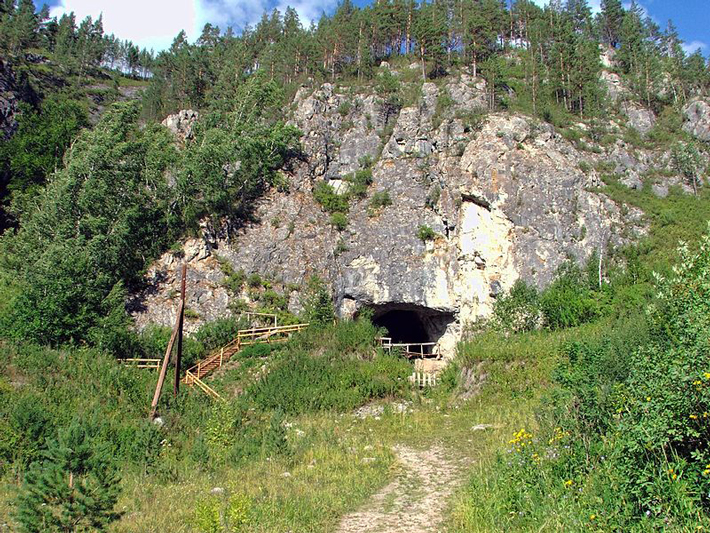Why go on an archaeological excavation if you’re not an Archaeology major?
Over the course of ten season we have had a variety of undergraduate majors join our archaeological excavation. Many come after taking an archaeology course with one of our staff members or friends of the project, having experienced archaeology in the classroom or having seen Indiana Jones perhaps a few too many times. Some of these students have already declared a major or minor in Archaeology, Classics, Art History, or some variation of these fields that clearly relate to the excavation of the Ancient World. Excavation is an obvious choice for these students, but we have also had pre-med students, business majors, engineers, and studio artists. Other than the experience, which we think is well worth it, what skills can non-majors gain from working at Gabii?
![]() |
| Area G/H works together to fill out one of their first context sheets. |
An archaeological excavation is no small undertaking. Students are assigned to one of our excavation areas and work in groups of five to fifteen other students, supervised by professors and graduate students. For some this is not their first time excavating, some not even their first time at Gabii, they know some of what to expect and can handle the demanding environment. For others the changes of living in a new place and performing physical work in hot conditions takes some adjustment. As these new experiences are occurring you develop a strong sense of community and comradery with your trench mates. While we could assign each person their own small area to excavate, the process moves much faster when working together. In large deposits students team up: one pickaxes, one shovels, and another sorts through the finds in a wheelbarrow. Although people quickly develop preferences for what they enjoy most and what they excel in, a huge part of teamwork is equitable division of labor and we want to make sure that everyone can truly experience each of these elements of fieldwork.
Similarly, the physical excavation is only a part of what occurs on an archaeological site. Throughout the season students are rotated through our finds, topography, botany, and zoology teams. In these specialized units they can see the post processing work that provides crucial information like dates, information on the ancient diet, and how we record everything that we have done. We strive to build understanding and foster respect for all the different tasks that occur in the field. As a part of this rotation, students learn how to effectively and succinctly communicate. All of the recording that is done in the field, primarily by students with their supervisor’s assistance, is available through our open source database. Students learn how to describe archaeological features, different soil textures, and the fine distinction between salmon and terracotta to name a few examples.
![]() |
Part of the environmental rotation includes finding and
identifying different types of ancient seeds. |
Throughout the course of the summer students are taught to pay attention to detail and to think critically about large scale processes that happened over the past three thousand year at the site of Gabii. From the very start volunteers take an active role in completing paperwork, beginning with learning how to describe what they see in archaeological terms, and ending in producing interpretations of the archaeology that become a part of Gabii record in our database and, eventually, our publications. In order to understand how ancient Gabines lived, we have to understand how different layers were deposited and what those different actions indicate.
![]() |
Every new corner of Rome holds
unexpected, beautiful surprises. |
Gabii is fortunately positioned to appeal to student’s sense of adventure. While excavating at Gabii, our students live in the eternal city itself, Rome. They call Trastevere, a vibrant neighborhood of Rome that is full of restaurants and shops, home for the five weeks of excavation. Trastevere is not the well-kept secret of Rome that it once was, but that does not detract from the area’s charm and has only improved public transit, making it easier for our students to get out and explore Rome and Italy on the weekends. For those who want to travel further afield, there is easy access to Rome’s train stations. Every year we have students who go to classics like Naples/Pompeii and Florence. Other great weekend getaways include Bologna, Ravenna, any Italian beach, and the hill towns of Tuscany (like Cortona, San Gimigiano, and Siena). Students interested in food, art, culture, history all find something to enjoy in Italy.
Our alumni have gone on to work in a number of different fields (not just academia): for example, law, marketing, journalism, museum work, engineering, medicine, and social media. The critical thinking, communication, and teamwork skills developed while on excavation translate into any field or career path and the friendships built at Gabii carry on even after the summer ends. If you are considering what to do for this upcoming summer, consider joining the field team at Gabii, we look forward to meeting you.
![]() |
In case you were wondering what the view in San Marino is like.
I have a feeling this may be a stop on more lists for the 2019 summer. |



 NOVOSIBIRSK, RUSSIA—
NOVOSIBIRSK, RUSSIA—











